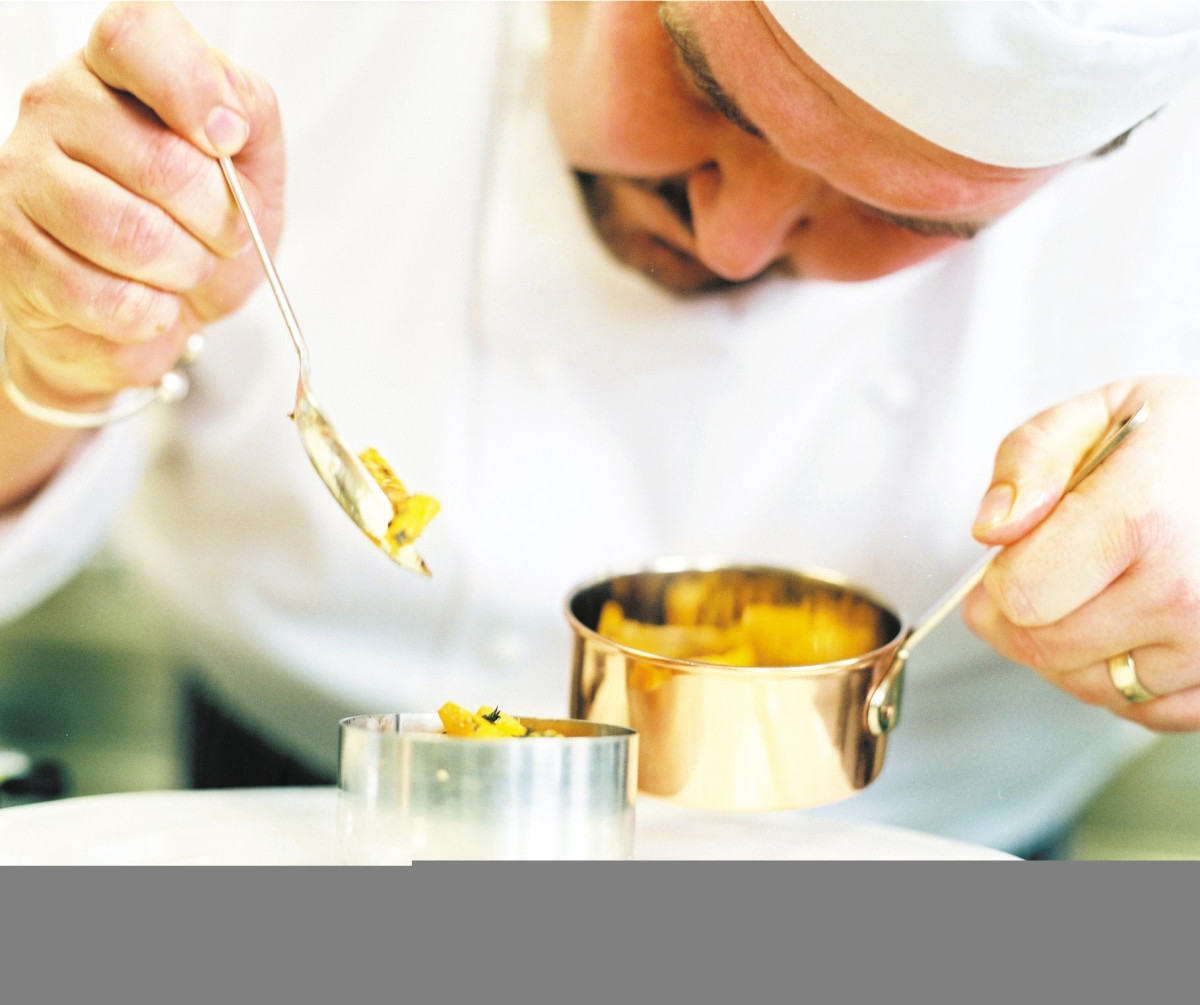How To Develop Your Menu

Here is an 8 Point guide from Andrew Mullins,founder and director of Fling International
My notes on each are in italics
1) Keep it Different
prabhjot | there should be something unique on your menu, that belongs only to you. How else would you differentiate from your competitors.
A world of advice thought - do not try and overdo the novelty. Food is a comfort item and there are some things people would always like to see on the menu.
2) Make Sure it is On-Trend
Prabhjot | Getting the trend is so important. Food habits last longer, but trends are all about the now. The thing about trends is that, if you get it right, it is easier to gain from the word-of-mouth.
3) Make sure it fits
Prabhjot | with your clientele, the area - locality, the price segment etc.
4) Don't price yourself out of the market
Prabhjot | Pricing is important. Most people will pay a good amount for a meal that they like, but even a little more than that value and you could lose valuable patronage. You need to spend a lot of time on this.
5) Control the cost
Prabhjot | A lot of chefs I know will create a menu from the limited inventory they want to keep. The more exhaustive the menu, the more expensive it is to carry all the ingredients in the store.
6) Spell it out
Prabhjot | By all means use the authentic names of dishes for speciality restaurants and use fun names for theme oriented ones, but ensure that you explain the dish in simple language on the menu.
You want the menu to help the diners make informed decisions.
7) Make it deliverable
Prabhjot | what is the point of creating a world class menu is half the time you have to tell your customers that the dish is not available.
If you are uncertain about a particular ingredient's continuous supply, leave it off the menu. If you think you do not have the staff to whip up an authentic dish, leave it off the menu.
8) Train your staff
Prabhjot | Both the kitchen and the service staff. The expectations created by the menu must be fulfilled by the staff.









